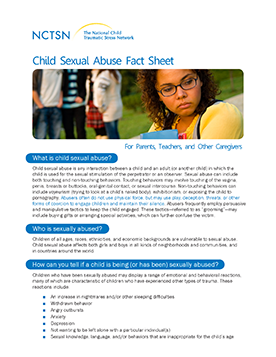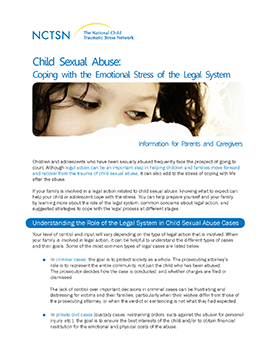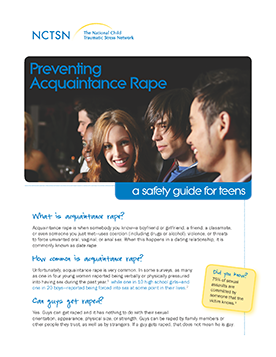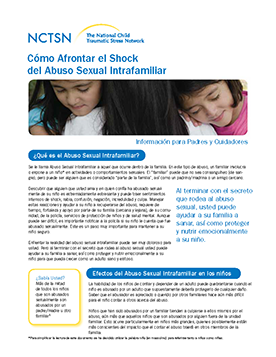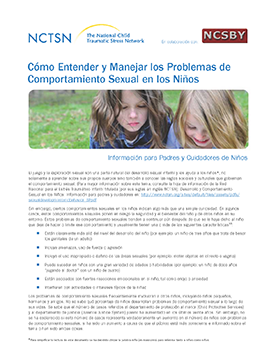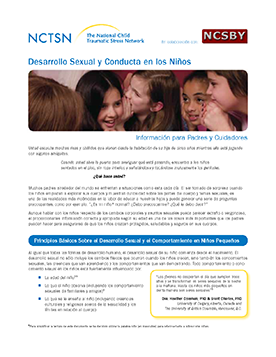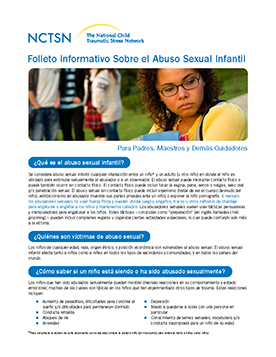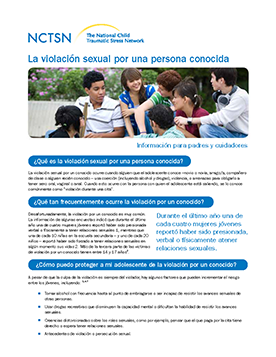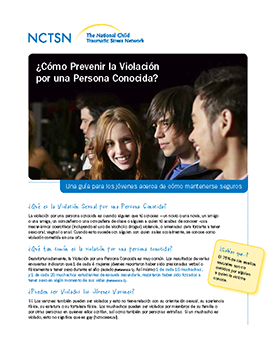April was first declared as Sexual Assault Awareness Month in 2001. Since then, April has been a time to acknowledge the widespread prevalence of sexual assault nationwide and those who have survived sexual violence. Sexual violence includes a range of actions and behaviors including rape, child sexual abuse, sexual exploitation, and sexual harassment. Sexual violence happens to people of all ages, races, genders, sexual orientations, religions, abilities, professions, incomes, and ethnicities. In 2015, it was reported from the U.S. Department of Health and Human Services' Children's Bureau that 57,286 cases of child sexual abuse were reported in the United States.
In recognition of this important topic, the NCTSN has compiled a list of resources for children, teens, parents and caregivers, educators, child welfare and juvenile justice professionals, and mental health providers.
A list of external resources related to sexual assault awareness is available here.
